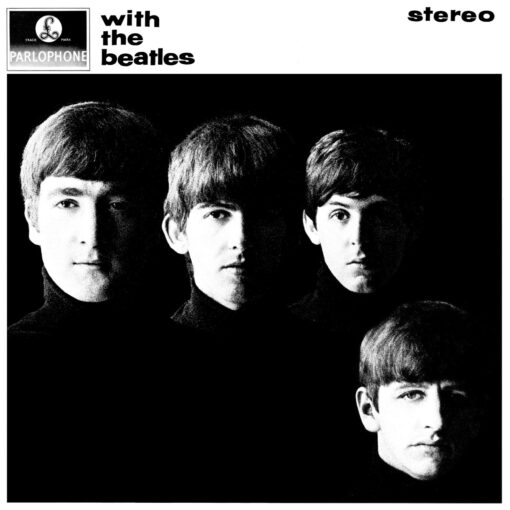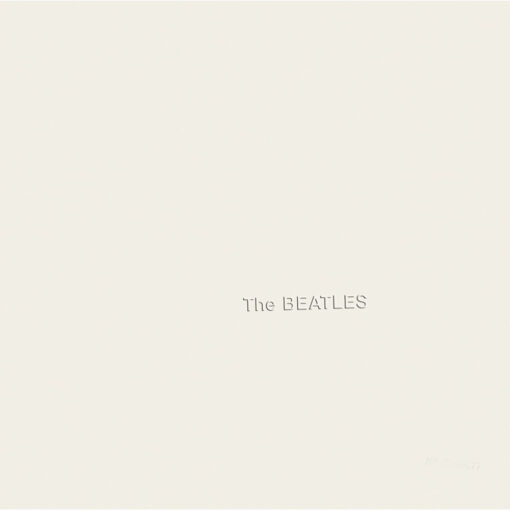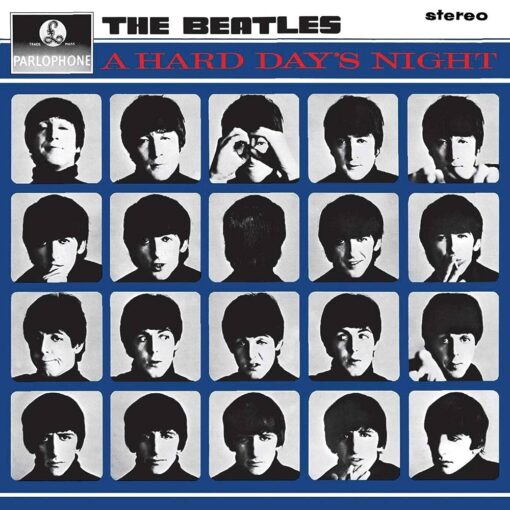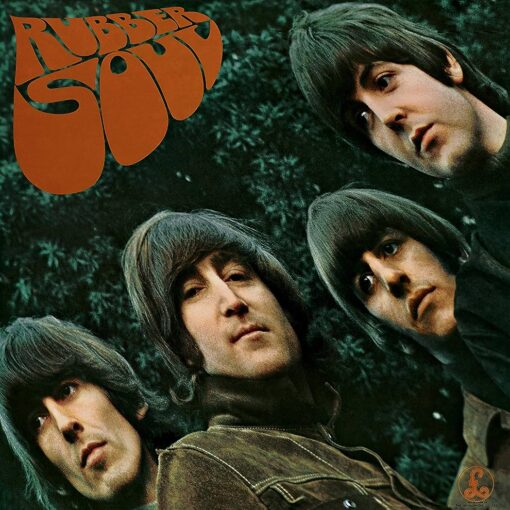- Published on 1968
- Author: Lennon/McCartney
- Track 29 on “The Beatles – White Album“
GEORGE 1969: “Revolution 9 wasn’t particularly like a Beatles number… it worked quite well in the context of all those different songs. I find it heavy to listen to myself– in fact, I don’t, really.”
JOHN 1971: “I thought I was painting in sound a picture of revolution, but I made a mistake, you know. The mistake was that it was antirevolution.”
JOHN 1980: “The slow version of ‘Revolution’ on the album went on and on and on and I took the fade-out part, which is what they sometimes do with disco records now, and just layered all this stuff over it. It was the basic rhythm of the original ‘Revolution’ going on with some twenty (tape) loops we put on, things from the archives of EMI. We were cutting up classical music and making different-size loops, and then I got and engineer tape on which some test engineer was saying, ‘Number nine.’ All those different bits of sound and noise are all compiled. There were about ten (tape) machines with people holding pencils on the loops– some only inches long and some a yard long. I fed them all in and mixed them live. I did a few mixes until I got one I liked. Yoko was there for the whole thing and she made decisions about which loops to use. It was somewhat under her influence, I suppose. Once I heard her stuff– not just the screeching and the howling but her sort of word pieces and talking and breathing and all this strange stuff, I thought, My God, I got intrigued… so I wanted to do one. I spent more time on ‘Revolution 9’ than I did on half the songs I ever wrote. It was a montage.”
About “Revolution 9”
“Revolution 9” is an avant-garde sound collage featured on the Beatles’ 1968 White Album. The composition, primarily attributed to John Lennon, involved creative input from Yoko Ono and George Harrison. Lennon aimed to create an auditory representation of a revolution, employing a diverse range of unconventional sound elements.
The piece draws inspiration from avant-garde styles, notably Ono’s influence and the experimental works of composers like Edgard Varèse and Karlheinz Stockhausen. This composition emerged from the extended ending of Lennon’s song “Revolution,” wherein Lennon, Harrison, and Ono integrated unused segments with an array of overdubbed vocals, speech, sound effects, and short tape loops. These elements were further manipulated using techniques like echo, distortion, stereo panning, and fading.
“Revolution 9” is notable as the longest officially released Beatles track, clocking in at eight minutes and twenty-two seconds. Its unconventional structure and content set it apart as a groundbreaking piece of experimental, avant-garde, and musique concrète music.
The creation of “Revolution 9” was influenced by various sources, including the Beatles’ earlier forays into experimental recordings like “Tomorrow Never Knows” and an unreleased piece called “Carnival of Light.” Lennon’s association with Yoko Ono also played a significant role, as their collaborative efforts in avant-garde music influenced the track’s development.
The recording process involved intricate manipulation of tape loops, sound effects, and spoken word elements. Lennon, Harrison, and Ono were instrumental in shaping the final composition. It’s noteworthy that McCartney, while absent during the initial assembly of “Revolution 9,” later expressed reservations about its inclusion on the album.
The piece features recurring motifs, including a piano theme in B minor and the repeated phrase “number nine.” Various sound sources, including classical music snippets and unconventional noises, contribute to its complex tapestry of sound.
“Revolution 9” showcases Lennon’s vision of a revolution translated into sound, and it stands as a testament to the Beatles’ willingness to push artistic boundaries. Despite its divisive reception, the track remains a landmark in the realm of experimental music and an integral part of the White Album’s eclectic tapestry.
Meaning of “Revolution 9”
As for its meaning, “Revolution 9” doesn’t adhere to conventional lyrical or musical structures, making it challenging to pinpoint a specific narrative or message. Instead, it’s designed to evoke emotions, create atmospheres, and stimulate the listener’s imagination. It’s a reflection of Lennon’s interest in pushing the boundaries of music and exploring unconventional forms of expression.
While some listeners interpret elements of political and social commentary within the chaotic soundscape, it’s important to note that Lennon himself described “Revolution 9” as an attempt to paint a sonic picture of a revolution. He used loops, sound effects, and recordings to convey this abstract concept through sound.
Ultimately, the meaning of “Revolution 9” is open to interpretation and can vary widely from person to person. It’s considered a prime example of experimental music, showcasing the Beatles’ willingness to explore new artistic territories.
Personnel
- John Lennon – spoken vocals, tape loops, sound effects, piano, mellotron, cymbals, screaming, mumbling
- George Harrison – spoken vocals, tape loops, sound effects, electric guitar
- Yoko Ono – spoken vocals, tape loops, sound effects
- George Martin – spoken vocals
- Alistair Taylor – spoken vocals




2 thoughts on ““Revolution 9””